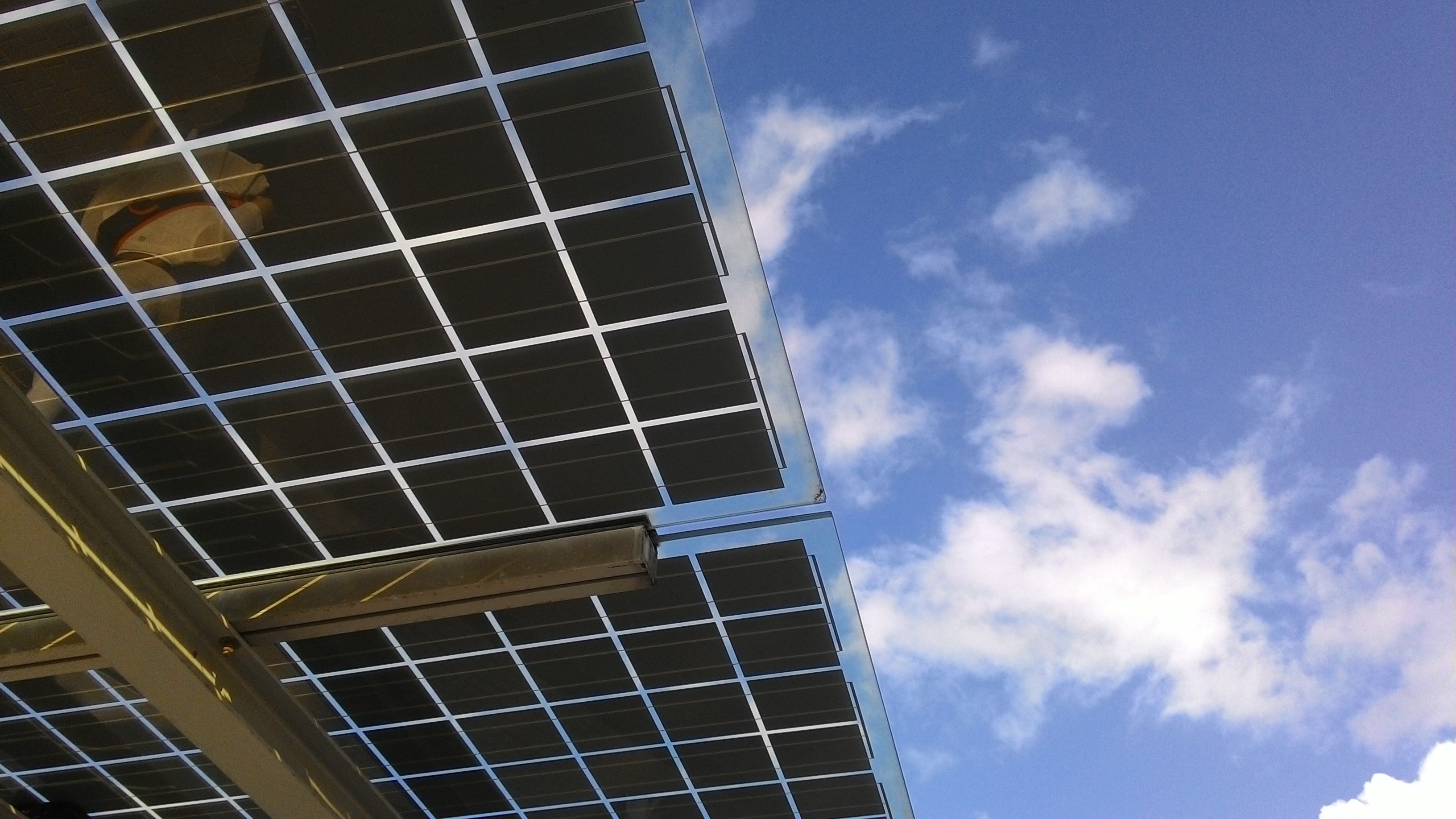Code Green Solutions


In the wake of the solar ITC extension, not to mention the Paris Agreement, there is good reason to feel bullish about the future of solar. Even prior to this end-of-2015 policy boost, all indications were that solar was trending in a good direction. Project development costs continued their downward trajectory past the grid parity threshold in many places, new generation capacity in 2015 reached record levels, and we have even seen headlines claiming that we are approaching the solar singularity. But when you look across the landscape of solar companies, many are not thriving as one would expect. What can we make from the chaos in the markets?
1-Year Market Performance of Key Solar Companies and Indices
TAN: Guggenheim Solar ETF; SPWR: Sunpower; SCTY: SolarCity; FSLR: First Solar; SUNE: SunEdison [Source: Google Finance]
Disentangling project finance success stories from troubling corporate finance news
Much of the data pointing to the ascendence of solar concerns project development. Solar panel and installation costs, LCOE, PPA costs – all of these relate to solar project deployment. Favorable project economics can boost corporate balance sheets, but there is much more afoot when it comes to corporate finance. Corporate finance underpins both short- and long-term corporate strategy in R&D, M&A, strategic investment, human resources, etc. Just because a particular company is financing good projects in the short-term does not necessarily mean that their corporate financial strategy is just as sound. So, be wary of equating project finance with corporate finance.
Take, for instance, the case of the much maligned SunEdison. SunEdison has been plastering the headlines with news of their highly volatile stock performance and the questionable corporate strategy that has fueled such market skepticism. As of this writing, SunEdison’s stock is nearly 90% below its peak in July 2015. That is truly a precipitous fall for such a giant in the industry, one that still strives to being one of the most active solar project developers in the world. Why? Well, the answer is complicated, but suffice it to say that it was corporate strategic drift with a helping of over-leverage. Too much investment in parts of the company deemed inessential to its fundamental value proposition to investors. There are varying views on the future of SunEdison, from bullish to bearish, but take it as a case study in how a good project developer can run amuck in their corporate financial strategy.
The barrier to entering the solar market just got lowered, and competition may broaden
Some solar companies were advocating to let the industry run over the ITC cliff at the end of 2016. Yes, some geographies would suffer, and the less cost competitive developers would likely succumb to more sophisticated competition. But the argument was that extending the tax subsidy would only increase the industry’s dependence on it, thereby forgoing the pursuit of needed efficiencies and cost-cutting. Nevertheless, there were ample reasons to put in place a long-term plan to gradually wean the industry off the ITC, and in a stroke of rational judgement, this is precisely what Congress did.
The consequence is that the solar industry, which is highly distributed across companies ranging from niche players to big publicly traded behemoths, is going to remain open to a wide range of competitors for the foreseeable future. While the big players will retain some of their competitive advantages, especially in the utility and C+I markets, smaller players will abound especially in emerging geographies. The barrier to entering the solar industry will remain lower than it would otherwise be without the ITC, which may result in depressing the returns able to garnered across the industry.
Market cycles are merciless, and solar is not immune – or is it?
Broadening the discussion to how solar fits into the economy as a whole, things get interesting. There is a chorus of voices claiming that we should be concerned about the health of both the U.S. and global economies in 2016. The enterprising investor should heed the signs – the Federal Reserve is starting to creep up interest rates, oil and commodity prices are plummeting to staggering lows, consumer demand is weakening in the U.S. and abroad amid record high levels of indebtedness, and there appears to be growing wariness of the EU and Chinese markets. Will these trends undermine the growth potential in solar?
That is the million dollar question. Many indications are that prospects for solar project development should remain strong, as the fundamentals will remain solid even if there is a downturn in the economy. The confluence of favorable energy economics, supportive policy drivers, and growing demand across the spectrum of utilities, corporations, businesses, and homeowners will likely drive growth in solar for years to come. But do not underestimate the role that a bear market may play in solar investment activity.
Amid the many positive prognostications for solar, these insights may be seen as sobering. Nevertheless, given the complexity of today’s market, it is all the more important to take a look beyond the obvious trends to see what factors may be driving the solar industry in 2016.
##
Article from IronOak Energy Insights